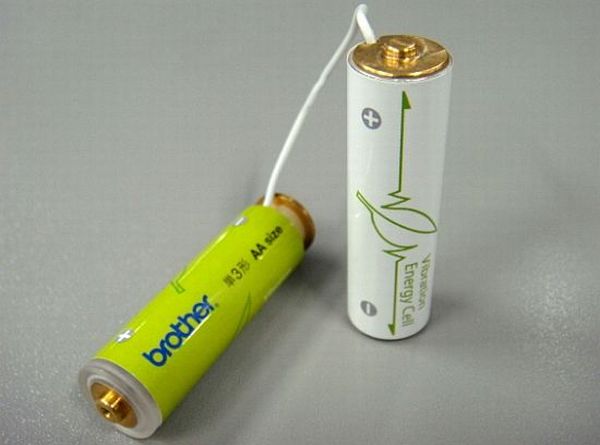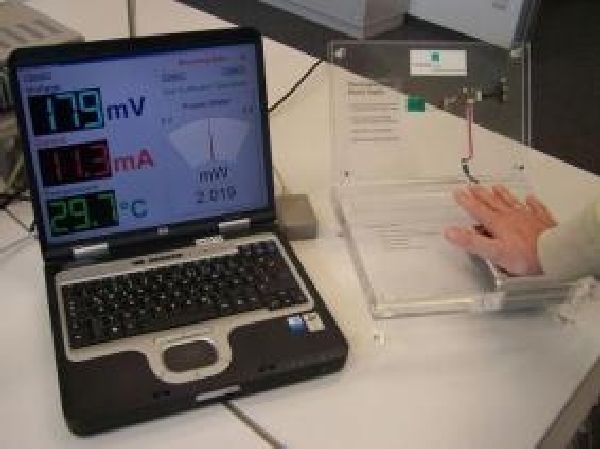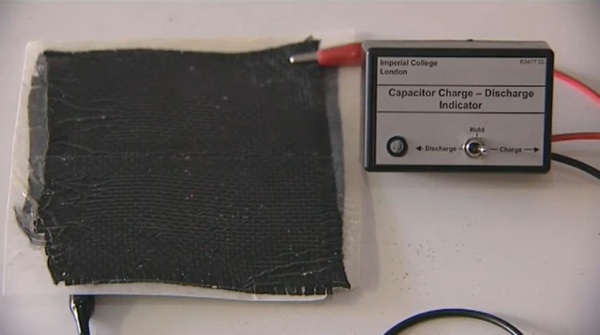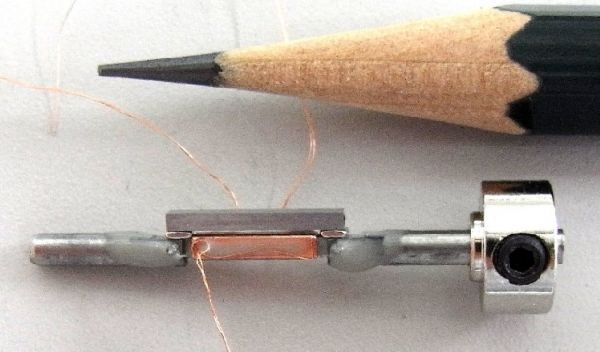
What’s happening right now?
Who can deny the novelty of devices that can conveniently store up the electrical energy required for later usage? Since their humble beginning about 210 years ago, batteries have made their way into every household and industry as a common element of power storage. By definition, battery is an electrochemical cell that converts stored chemical energy into electrical energy, but, in reality, it has become synonymous with the all important source of our precious power.
According to a 2005 estimate, the worldwide battery industry generates a whopping $48 billion in sales each year, with 6 percent annual growth. Among these, the lithium-ion battery (with efficient energy density and slow loss of charge) section is about $13 billion per year, almost all in the consumer products. And they are themselves about to mushroom into a $44 billion industry by 2015, partly because of their nigh ubiquitous usage in electric vehicles. But the problem lies with their loss of capacity overtime, and most importantly the safety considerations, especially if overheated or overcharged Li-ion batteries suffer thermal runaway and cell rupture. Moreover, there is no strict regulation over the energy usage and resultant waste generated by such batteries.
Trends:
1. Battery charged from body heat – Fraunhofer Institute:

We all have been enthralled by The Matrix, and the human battery form depicted in the movie. Well, in a fascinating turn of real events, researchers from Fraunhofer Institute contrived a thermoelectric generator (TEG) powered by 200 millivolts, which utilizes body heat (more specifically difference of temperatures of body and surrounding) to produce power for small devices such as mobile phones. And, with further development of the technology, the power generation would not be just limited to juicing up small gadgets, but even to more intricate and larger gizmos.
2. Self-Powered Battery – Imperial College London:

If you thought the above entry was state-of-the-art, then try to ‘digest’ this one. Scientists from Imperial College London (ICL) in industrial collaboration with eminent partners such as Volvo and Advanced Composites Group, are all about to stumble upon a remarkable scientific breakthrough, in the form of a material that can store and discharge electrical energy (at a greater speed than conventional batteries) by itself without the requirement of any chemical reaction. To be composed from carbon fibers and a polymer resin, this material will be sturdy yet light enough to be used as car component. So at the end of the day, basically we could have vehicles and machines that utilize the energy stored in their intrinsic material, without the use of any so called conventional ‘battery’.
3. Brother Industry’s vibration-powered batteries:

Brother Industries Ltd. has come up with their advanced version of batteries that can be recharged by the kinetic energy of the vibrations. Named as ‘Vibration-powered Generating Battery’ (no surprise there!), these devices can be fixed inside a remote control, and they can generate power with the shaking motion of the remote. Coming in AA and AAA sizes, the batteries will incorporate an electromagnetic induction generator and an electric double layer capacitor with a capacitance of about 500mF. The power output will be in the range of 10 to 180mW, and will be convenient for smaller portable devices.
4. Japanese battery invented that makes power from vibration:

If you are not dumbfounded by the size of this ultra-petite battery (as seen in the above picture), you are surely to be astounded by the power this bantam device packs in. According to researchers from Japan, this battery is able to generate 20x more power from vibrations than that of similar devices of its size! Composed from an alloy of iron and gallium called galfenol, the device can actually change its form due to magnetic field effects. Having an efficient energy density of 22mW/cm3, the important part lies in its wide range of usage, starting from the power generation for electric vehicles due to vibration during the driving state to the juicing up of your ever trusty iPods and MP3 players, while you are on a jaunty jog.
5. Wearable, self-powered batteries by Auckland Bioengineering Institute:

We have seen batteries being recharged from body heat, vibration and even from its material, but this time Auckland Bioengineering Institute’s Biomimetics Lab is all set to develop a battery that can be recharged by the human body’s muscle movement. These devices will be made wearable as well as light and inconspicuous. According to Thomas McKay, a Ph.D. candidate involved with the soft generator research at the Biomimetics Lab:
We’ve developed a low-cost power generator with an unprecedented combination of softness, flexibility, and low mass. These characteristics provide an opportunity to harvest energy from environmental sources with much greater simplicity than previously possible.
The concept:
As the name itself suggests, self powered batteries utilize a technology that doesn’t need to be charged from any conventional electricity source like a plug outlet. They can, in effect, be directly charged from a myriad of mechanical, kinetic as well as ‘natural’ sources like body heat, vibrations and even muscle movement.
The advantages:
With scientific technologies developing at an astounding rate, it becomes highly important that the core element of such progressive endeavors can reach out to the majority of people. This is where the self powered batteries come into the picture with their convenience of portability, imbibed with the very essence of practicality. Moreover, other than just saving time to be recharged, many of the above mentioned conceptions do utilize an improved version of the conventional technologies, which in effect allows them to be more efficient than their regular counterparts, both in terms of longer life and sustainability.
The impact:
Rather than impacting upon the state of carbon emissions, such technologies ingeniously make ‘green’ use of alternative energy sources that are, in a way, more elemental in nature like naturalistic body heat, or mechanical vibration. Adroit utilization of primal components such as these certainly opens up another fascinating portal of sustainability in the future.




